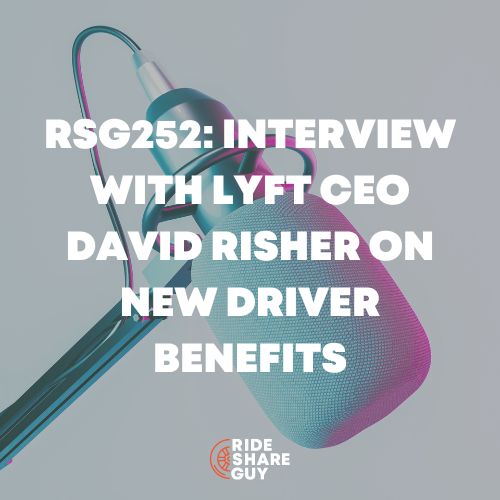One of the trends that’s been accelerated by this pandemic is food delivery. For those orders, many people use third-party apps like DoorDash, Postmates, Uber Eats and more. Today, I’m talking with an expert on food delivery (he’s been on the podcast before – check out the show notes). We’ll be talking about app delivery fees – why are they so high?!
Intro
-
Today I’m talking with Matt Newberg
- Dive into what’s going on behind the scenes with all the fees
- From all points of view – customers, restaurants, couriers, and the companies themselves
- Plus, we’ll cover what cities are doing to limit fees and what options restaurants have to minimize fees
Intro to Matt Newberg
- Matt Newberg is the host and producer of HNGRY, a multimedia platform exploring the impact of technology on our relationship with food
- Spend the last 8 years working in the tech industry as an entrepreneur
- Focused on massive shifts in consumer behavior, including fungi-based meats and robot-powered grocery stores
- Food delivery has come to the forefront
Food Delivery Fees
- Preying on weakness of restaurant owners
- The model is broken, even though demand is growing
- Would big restaurants join these third-party apps if not offered discounts?
- 15% marketing and 15% delivery – charging around 30%
What Options Do Restaurants Have?
- Restaurants say these companies have too high of a take rate – what other options are there?
- General lack of awareness around other options
- Demand from consumers is for these companies – want to be convenient
- At the end of the day, restaurants are making money with these apps – just not as much
What Are Cities Doing About These Fees
- San Francisco, New York, Seattle have instituted fees, at least during the pandemic
- Impact – lowered demand
- Delivery companies subsidizing some of the higher demand restaurants
- Remains to be seen if customers will continue to pay higher prices
Solutions for Restaurants
- Vertically integrated markets, in some cases (Domino’s example)
- Use different services and APIs – white label ordering platforms
- Some restaurants are doing well with this, pivoting to different types of delivery
- Virtual food court idea – a few different brands under one kitchen
- Some restaurants are trying to fight this – stick to dining in
Trends for Restaurants and Dining
- Dining in – most likely not going to save restaurants
- Same old, same old is not going to work
- Think about bringing the experience to your customers
- Forming partnerships with other businesses – bars, etc.
Outro
- Big thanks to Matt for coming on the podcast!
- Keep an eye out for his new series on food trends (link in the show notes below)




